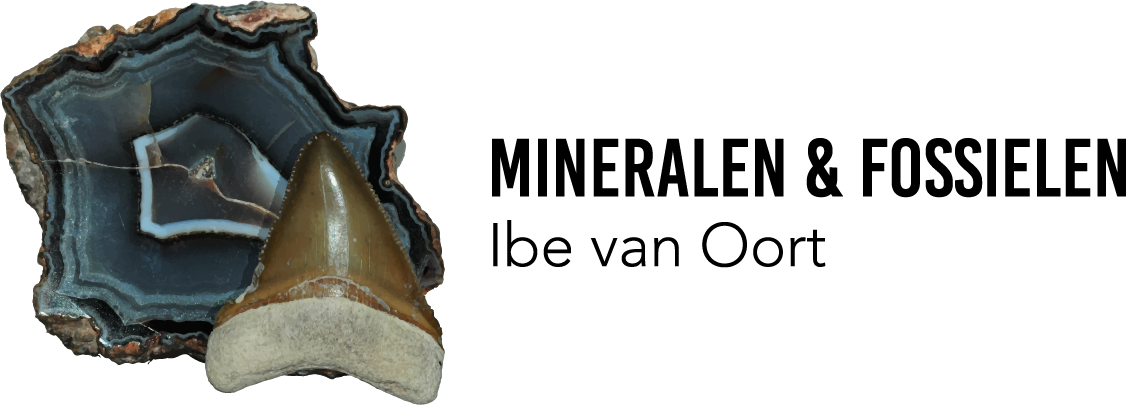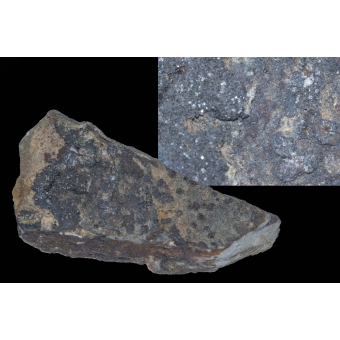8,50
Ex Tax: 8,50
- Ex Tax:
- 8,50
- Availability:
- Op voorraad
- Product Code:
- mineralen Europa
Description
Mineral : Hematite
Location : Haven Oss, Noord-Brabant, The Netherland
Hardness : 5 tot 6
Chemical Formula : Fe2O3
Length : 68 mm
Width : 35 mm
Hight : 22 mm
Hematite
The chemical formula of the mineral hematite is Fe2O3, making it an iron oxide. The name comes from Greek and means bloodstone. This is because the mineral has a deep red stripe color. Which is caused by a very high iron content of an average of 70 percent. This also makes it one of the most important iron ores. The color can vary from light gray to black and blood red, weathered hematite becomes orange. Due to its red color, Hematite has also been widely used as a pigment in the past. The hardness is 5 to 6 and hematite belongs to the trigonal crystal system. The luster of the mineral is metallic and opaque. There are a number of known varieties of the mineral. For example, you have botryoidal hematite that is also called kidney ore, and as a second variant you have specularite. The mineral is very common in the earth's crust and is formed in sedimentary, metamorphic and igneous rocks.
Reviews (0)
Location : Haven Oss, Noord-Brabant, The Netherland
Hardness : 5 tot 6
Chemical Formula : Fe2O3
Length : 68 mm
Width : 35 mm
Hight : 22 mm
Hematite
The chemical formula of the mineral hematite is Fe2O3, making it an iron oxide. The name comes from Greek and means bloodstone. This is because the mineral has a deep red stripe color. Which is caused by a very high iron content of an average of 70 percent. This also makes it one of the most important iron ores. The color can vary from light gray to black and blood red, weathered hematite becomes orange. Due to its red color, Hematite has also been widely used as a pigment in the past. The hardness is 5 to 6 and hematite belongs to the trigonal crystal system. The luster of the mineral is metallic and opaque. There are a number of known varieties of the mineral. For example, you have botryoidal hematite that is also called kidney ore, and as a second variant you have specularite. The mineral is very common in the earth's crust and is formed in sedimentary, metamorphic and igneous rocks.

